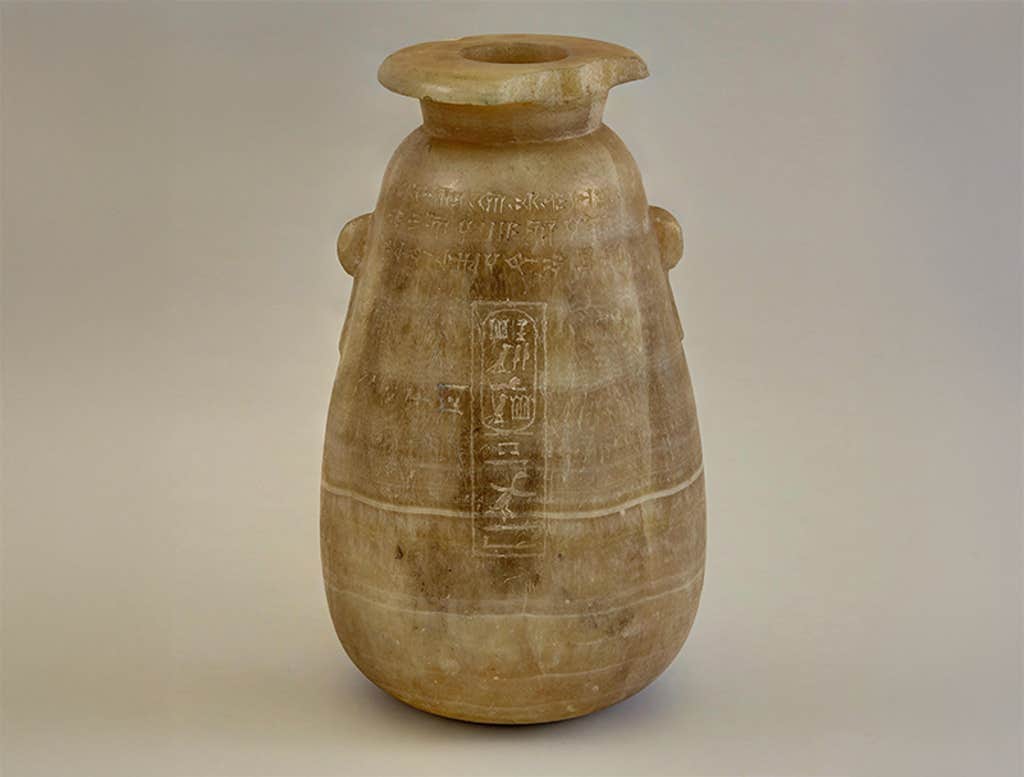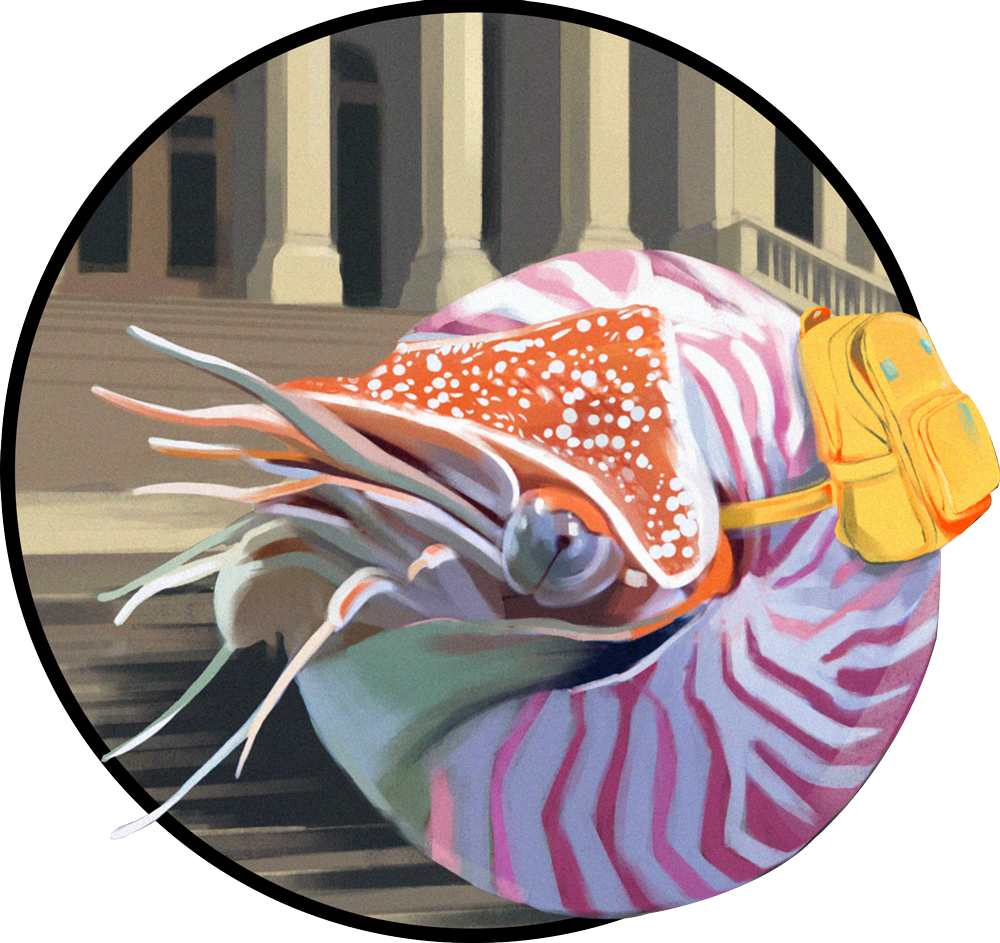Catching an opiate buzz may have been much more common in Ancient Egypt than we thought, for kings and commoners alike.
A detailed chemical analysis of residues found in an alabaster vase dedicated to King Xerxes, who ruled an ancient empire in what is now Iran from 486 to 465 B.C., identified traces of the narcotic substance. The results provide the most conclusive evidence yet that opiates were a major part of daily life in ancient Egyptian society, say the researchers, who work in the Yale Ancient Pharmacology Program. They published their findings in the Journal of Eastern Mediterranean Archaeology.
“When a rare, expertly crafted alabastron bearing a king’s name yields the same opium signature found in more humble tomb assemblages from hundreds of years earlier, we can’t dismiss the results as accidental contamination or the experimentation of the socially elite,” wrote Yale researcher Christopher Renton, one of the study authors, in an email.
The popularity of the narcotic in ancient Egypt had been hinted at in medical texts from Hippocrates to Galen and Dioscorides, as well as in religious symbolism, such as the poppy goddess on Crete, but it had been difficult to prove.

What alabaster vessels like the one studied were used for has been the subject of much speculation over the decades. Some have proposed that they held cosmetics or perfumes, or served to carry hidden private messages between the king and his officials. But the authors of the new study suggest that they may have instead had a direct cultural connection with opiate storage, preparation, and consumption.
The scientists used highly sensitive instruments to identify the original compounds in the ancient samples and found noscapine, hydrocotarnine, morphine, thebaine, and papaverine, all of which are known diagnostic biomarkers for opium. Three of these same chemicals have been clearly recovered from vases found in New Kingdom tombs in Sedment, Egypt—which contained the remains of high-ranking officials as well as more ordinary people—while the other two chemicals seemed to be there in a more degraded fashion.
Read more: “How to Make the Bread That Fueled the Pyramids”
Other clues these vessels once held narcotics came from an instance of looting: In 1922, a researcher named Howard Carter found a vast quantity of large, elaborate Egyptian alabaster vessels in the tomb of King Tut and noted that looters had scraped out the organic contents with their hands “down to the dregs,” leaving finger marks. Many of these looted alabastra still have the same sticky, dark-brown organic remains with distinct odor that match the characteristics of the residues found in the Xerxes vessel. Attempts at chemical study in 1933 seem to have yielded inconclusive results, but the Yale scientists suggest taboos around opium may have played a part.
It’s unlikely that ointments or perfumes would have inspired thieves to go to such lengths, the authors argue. They propose that the alabaster vessels could have been cultural markers for opiates in ancient Egypt, much like hookahs today are attached to shisha tobacco consumption.
The findings suggest a more sophisticated understanding of pain and mind altering experiences in ancient Egypt than previously thought. “If opiate use stretched from kings to commoners, we must reframe our perceptions about Egyptian medicine and opium’s role in its pharmacological sophistication,” writes Renton, in his email. “These findings would suggest that pain management, sedation, and perhaps controlled psychoactive experiences played meaningful roles in daily life and religious practice.”
If true, the civilization that gave us papyrus and pyramids may also have pioneered a surprisingly nuanced relationship with narcotics. ![]()
Enjoying Nautilus? Subscribe to our free newsletter.
Lead image: Robert Harding Video / Shutterstock






























